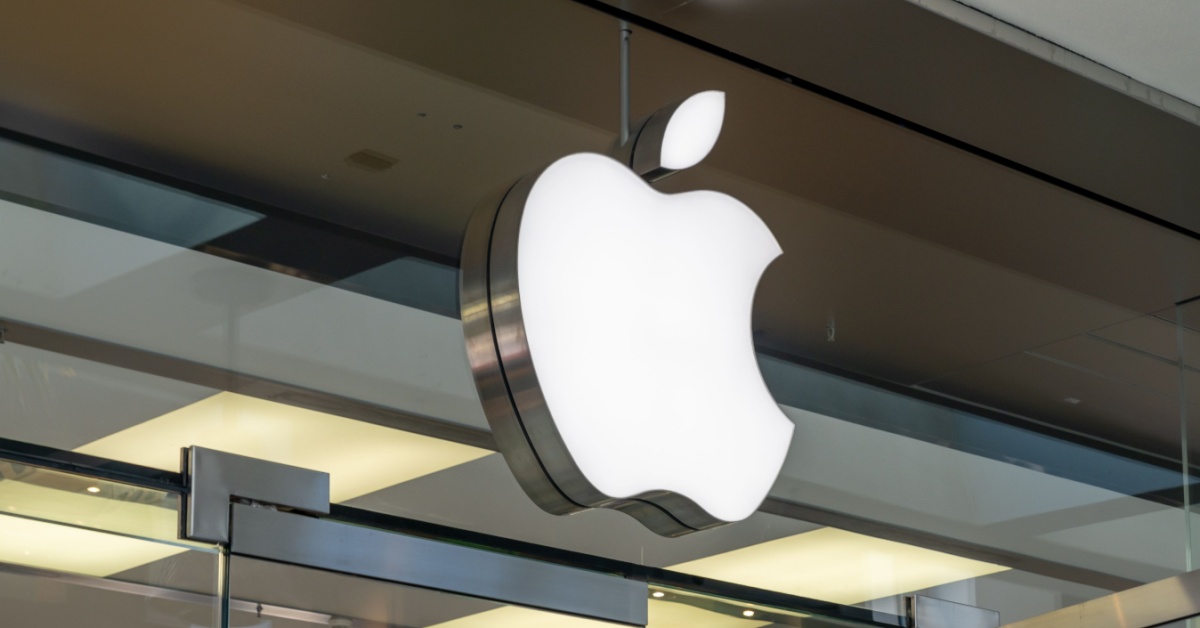Apple (NASDAQ: AAPL) made several new announcements during its Worldwide Developers Conference (WWDC) keynote on June 9, 2025. What happened during the conference and what are analysts expecting?
Apple WWDC 2025
Last year, the arrival of Apple Intelligence at WWDC 2024 suggested that Generative Al (GAl) was positioning to get embedded into workflows with Apple hardware. Since then, Apple has
lagged in the space, and now the company is trying to drive enthusiasm around its latest software updates and next generation upgrades.
This year at WWDC 2025, Al has started to pivot more toward consumers by trying to appeal to Apple’s massive installed base and ecosystem. Consumers have been slow to upgrade their Apple hardware, especially iPhones, over the last year to benefit from Apple Intelligence. Looking ahead, the popularity of Apple’s new messaging and CarPlay tools and elevated camera and gaming capabilities will likely dictate the magnitude of its earnings potential going forward. The more users get hooked on these, the more likely they are to upgrade their hardware and subscribe to more lucrative services. However, with the upgrade cycle slower than initially expected, Apple needs to get the Al trends right. If they do, profitability may start to come faster than current expectations and drive a wave of upward revisions over the next few years. If they do not, then Apple may face a more challenging situation, especially for its hardware.
Apple Intelligence: Will this drive an upgrade cycle and grow Services?
Apple’s on-device Al will now integrate live translation, a multimodal feature, summarization and customization capabilities. The move toward these upgrades suggests that these tools are table stakes in the Al trend. In addition, third-party developers will be able to access Apple’s on-device LLM s, potentially creating more integration across its Apple ecosystem. The popularity of these new tools and enhancements could be a catalyst for a new iPhone, iPad and Mac replacement cycle.
Given the enormous installed base of iPhones, Pre-15 Pro users may be motivated to upgrade their earlier version phones and both expand and extend the pace of the new upgrade cycle. Based on Visible Alpha consensus, iPhone unit sales for the full year have bounced back up to 227 million after WWDC from 223 million after their earnings release in May, which may be a positive signal.
In addition to a potential hardware replacement cycle, Apple Intelligence may help to fuel a surge in Services growth. Services sales are expected to grow 12% this fiscal year, up from 9% in FY 2023 and to maintain double-digit growth through FY 2026. However, if the new Al tools gain in popularity and usage, more users may be inclined to subscribe to more Apple Services, like iCloud, Games and Apple Pay. Increases in Services revenue is impactful to the bottom line, since this segment is expected to generate a 74.7% gross margin, over 2x the projected 36.4% gross margin of hardware products this year.
The success of Apple Intelligence has the potential to drive a hardware replacement cycle, in tandem with increased usage of lucrative Services. This possible dual impact on sales and operating profit could fuel earnings revisions over the next two years, if the upgrades take off with consumers. However, if they do not, Apple’s valuation, market cap size, and lack of growth may pose challenges for the stock.





